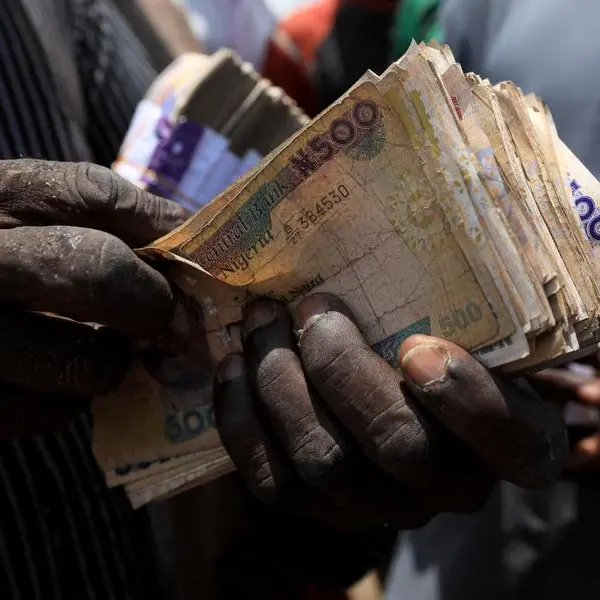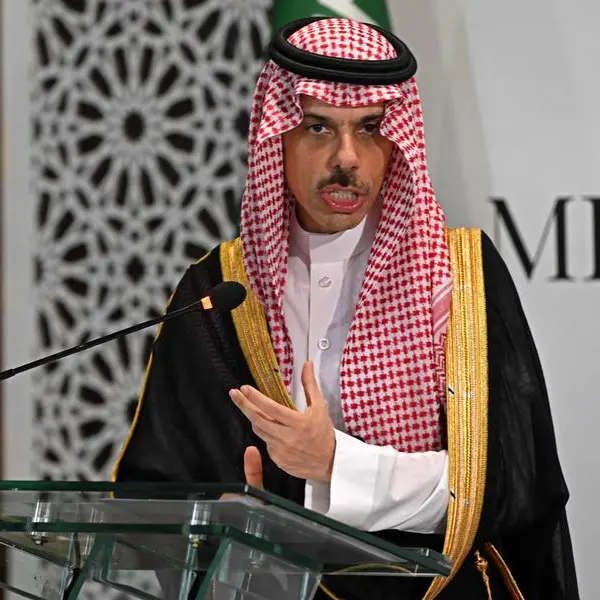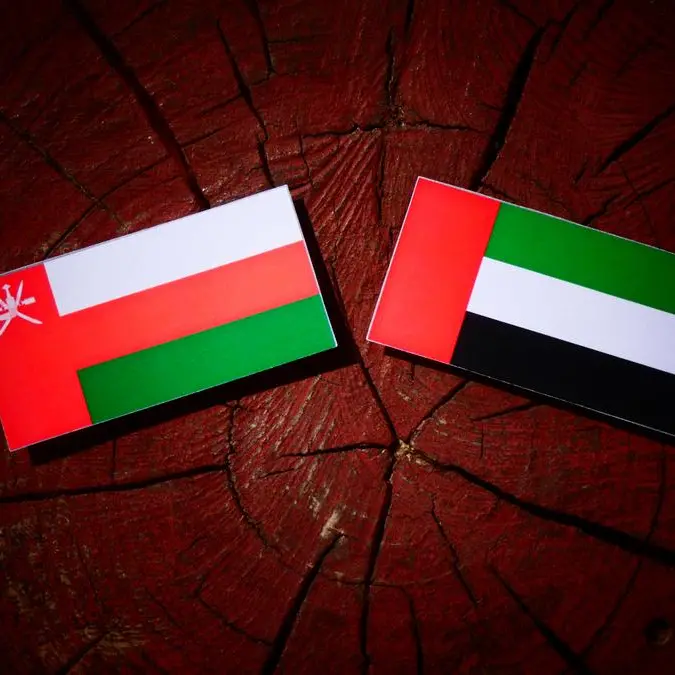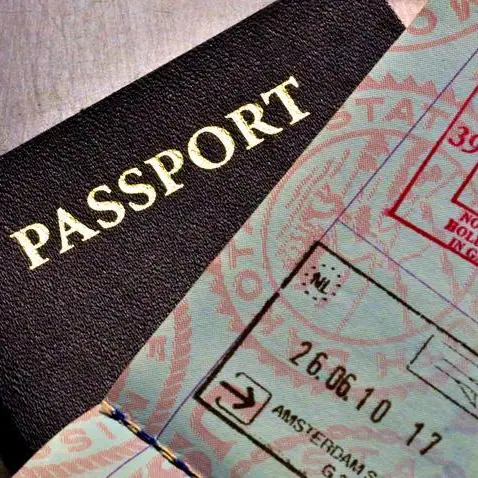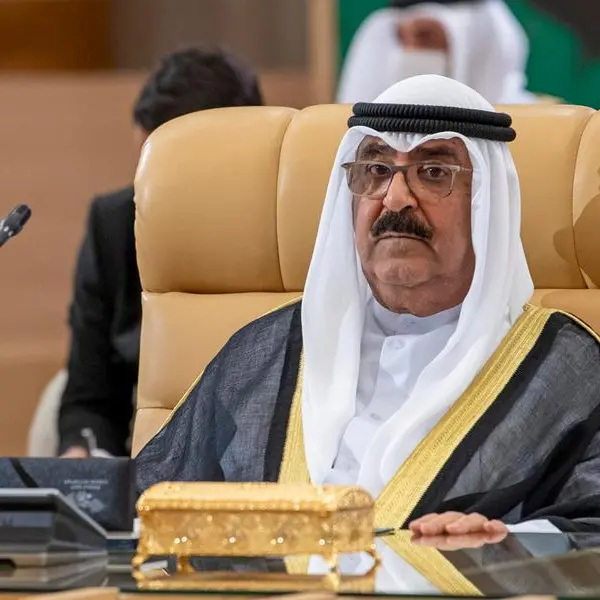PHOTO
Several years of rapid hydrocarbons-fuelled growth in Ghana have put increasing pressure on its transport infrastructure, prompting a spate of expansion projects that will increase capacity for bulk and container handling, as well as specialised oilfields services.
Private sector projects
In April, local press reported that China Harbour Engineering Company (CHEC) won a $600m contract to build a new majority private-owned port at Atuabo, 326 km west of Ghana's capital, Accra, and just 100 km west of Takoradi, the centre of the country's nascent oil industry.
The Atuabo Free Port, to be built over 25 months, includes an 18.5-metre channel and three berths, and according to statements from Atuabo Free Port's development manager, Steven Gray, it will focus predominantly on servicing the oil and gas sector in West Africa.
The port is a joint venture, with 10% of shares held by the government of Ghana, 35% by Ghanaian companies, and 55% by London-based Lonrho and other international investors. There are plans to list the company on the Ghana Stock Exchange once the company is operational.
Cost savingsAn increase in the use of semi-submersible rigs, drill ships and floating production storage and offloading vessels in West Africa - in part a result of discoveries made in Ghana's Jubilee field, as well as an increase in activity in Nigeria and Côte d'Ivoire - has led to growing demand for servicing facilities in the region. According to Gray, most rigs now must travel 20 days to South Africa for repairs, increasing costs and delays for upstream operators in the Gulf of Guinea.
The number of rigs in the Gulf of Guinea and nearby waters rose by around 20% year-on-year, US-based oilfield services company Baker Hughes reported in February. This is likely to increase further as countries look to ramp up production; Ghana itself aims to increase output nearly five-fold to 500,000 barrels per day over the next 10 years.
Complementing capacityThe bulk of Ghana's foreign trade - roughly 70% or so, according to the Ghana Ports and Harbours Authority (GPHA) - is handled at Tema Port, just east of Accra. The 3.9m-sq-metre port is reasonably well equipped to handle current levels of traffic, but growth in volumes indicates just how much pressure the current infrastructure is under. In 2008 the port handled roughly 8.73m tonnes of cargo and 555.01 twenty-foot equivalent units (TEUs) of containerised freight, but by 2013, that had reached 12.18m tonnes and 841,989 TEUs, respectively.
The jump in traffic comes in part from Ghana's own increased demand for imports on the back of higher growth, but also as a result from a shift in transit and trans-shipment trade from Côte d'Ivoire's Port Autonome d'Abidjan, which traditionally served as the primary gateway to West Africa's landlocked countries such as Burkina Faso, Niger and Mali. Unrest in Côte d'Ivoire in 2010 and 2011 led shipping companies to reroute cargo through Tema port as a result.
Port expansionTo improve overall capacity and reduce congestion at the port, the Ghanaian government in December signed a memorandum of understanding (MoU) for the $1bn expansion of Tema Port with APM Terminals, part of the shipping and oil company AP Moller-Maersk and Africa's largest port and terminal operator. The agreement involves an investment of more than $1bn by Meridian Port Services (MPS), in which APM Terminals has a 35% stake. MPS already handles around 80% of the container traffic at Tema, where volumes reached 670,000 twenty-foot equivalent units (TEUs) in 2013.
The MoU also includes the development of four deep-water berths and other work to ensure larger vessels can use the port, as well as a new six-lane highway between Tema and Accra, according to local media reports. This should increase capacity on this major trunk route, which is currently affected by heavy traffic.
The focus on upgrading the ancillary infrastructure is crucial to reducing congestion at Ghana's ports. Though the roads are generally in a better condition than in many West African countries, improvements are needed to support growing volumes of freight traffic - roughly 98% of which travels by truck. The government spends on average 1.5% of GDP on road infrastructure, one of the highest levels in the region, according to PwC, although as the country looks to reduce spending to bring its deficit under control, that may drop slightly.
However, with work due to start on the Atuabo Free Port in the third quarter of 2015, the country is clearly working to ensure its maritime infrastructure responds to what is expected to be a continued increase in demand over the medium-term.
© Oxford Business Group 2015

